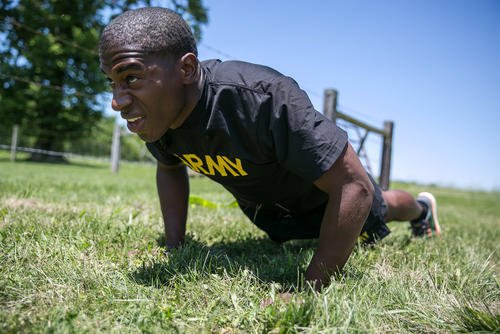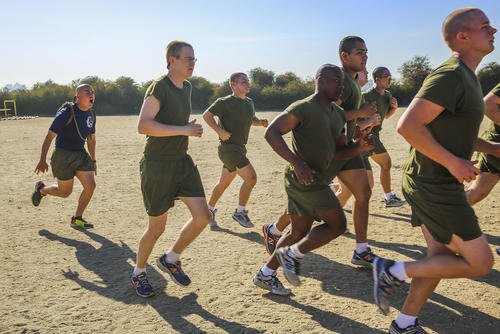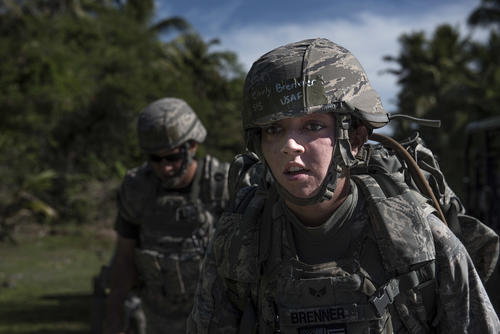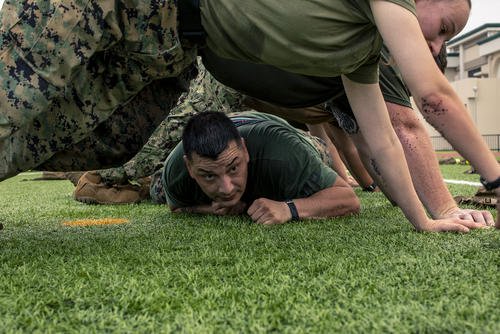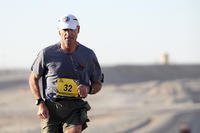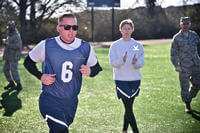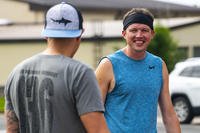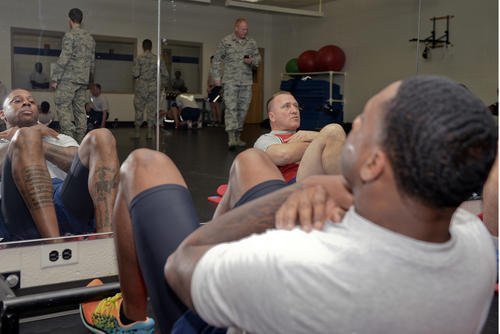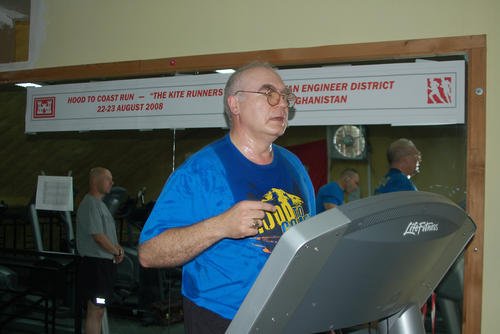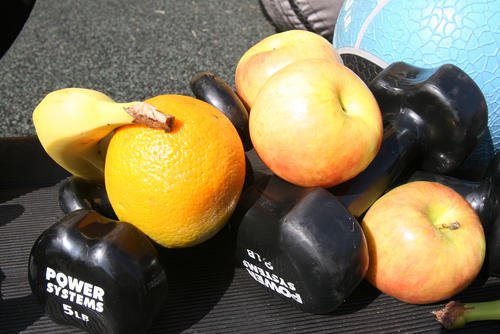When it comes to tactical fitness, being more flexible and mobile can make the difference between peak performance and potential injury. As a tactical fitness coach, I am frequently asked whether these qualities are primarily determined by genetics or if they can be improved through training.
The answer lies somewhere in between -- but with a clear emphasis on specifically and consistently adding mobility and flexibility exercises to your training routine. Here is the question:
Do you consider mobility and flexibility more of a genetic talent, or can it be achieved by training and coaching?
Thanks, Justin
I am here to say it can be coached. My own story of aging into my 40s and 50s after decades of training can be summed up by the life-changing addition of more flexibility and mobility training each week. I began advocating for a Mobility Day because I saw a need for it, not just in my aging body but in the younger group I coach as well. With regular practice, you can be in less pain while moving; gain better performances in running, swimming and treading water; and possibly even reduce your risk of injury.
Read Next: How Group Exercises Can Do More for Veterans Than Going Solo
Flexibility and Mobility: Similarities and Differences
Flexibility is the ability of a muscle or muscle group to lengthen and stretch. Mobility is a joint's ability to move actively through its full range of motion, which involves muscle length as well as joint structure, motor control and stability.
Therefore, genetics does play a role in flexibility and mobility. Some people are just born with longer muscles, more elastic connective tissues or joint structures that allow for a greater range of motion.
The Power of Training to Improve Flexibility and Mobility

Flexibility and mobility can be significantly improved through consistent and targeted training. As a coach, I've seen countless athletes and tactical professionals make dramatic gains by incorporating dynamic stretching, static stretching, myofascial release and mobility drills into their routines.
A 25% to 30% increase in range of motion of the hips, knees, ankles and shoulders can be developed, improving ability to swim and tread water in as little as three to four weeks. The body adapts to repeated stimuli: Muscles lengthen, connective tissues become more pliable, and the practiced movement becomes easier and more efficient.
We typically incorporate the following stretching and massaging activities into the movement we are trying to improve. For instance, we do five minutes of swimming or treading, mixed with five minutes of stretching and massage, for four or five sets as a workout focused on improving range of motion to perform better in a specific task:
- Dynamic stretching: Prepares the body for movement, increases blood flow and gently improves the range of motion.
- Static stretching: Helps lengthen muscles and can increase passive flexibility over time.
- Mobility drills: Improve joint function and stability, often using active movement through the range of motion.
- Consistency: Regular practice is key. Occasional stretching is far less effective than a structured, ongoing program. Every one of our workouts, five or six days a week, has an element of the above mix of activities, even if just for a few minutes.
Age, previous injuries and years of inactivity can hamper flexibility and mobility and can delay progress. But even those starting later in life or recovering from setbacks can make impressive improvements. Progress may be slower, but with consistency, the body remains adaptable at nearly any age.
For tactical athletes -- military members, law enforcement, firefighters -- optimal flexibility and mobility are not about becoming like a gymnast. The goal is a functional range of motion that supports operational tasks, reduces injury risk and enhances overall performance on land and in water.
Training should be tailored to the demands of the job, emphasizing practical movement patterns and joint health. For most tactical athletes, the shoulders, hips, knees and ankles get tight, and the muscles surrounding them require more stretching and flexing, regardless of age.
I encourage every athlete to invest in flexibility and mobility for performance, career longevity and overall well-being. Adding flexibility and mobility to your training will be life-changing, I promise.
Want to Learn More About Military Life?
Whether you're thinking of joining the military, looking for fitness and basic training tips, or keeping up with military life and benefits, Military.com has you covered. Subscribe to Military.com to have military news, updates and resources delivered directly to your inbox.







